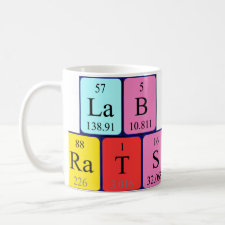
Authors: Chen JL, Gao P, Wang H, Han LF, Zhang YH, Wang PY, Jia NQ
Article Title: A PPy/Cu2O molecularly imprinted composite film-based visible light-responsive photoelectrochemical sensor for microcystin-LR.
Publication date: 2018
Journal: Journal of Materials Chemistry C
Volume: 6
Issue: (15)
Page numbers: 3937-3944.
DOI: 10.1039/C7TC05743A
Abstract: In this study, a visible light-responsive photoelectrochemical (PEC) sensor based on a PPy/Cu2O molecularly imprinted composite film for microcystin-LR (MC-LR) has been fabricated. Uniform Cu2O nanoparticles were electrodeposited on a pretreated indium-doped tin oxide-coated glass (ITO) by carefully controlling the deposition process and used as a photocatalyst to produce photocurrent under visible light. Subsequently, molecularly imprinted polypyrrole (PPy) was modified on the surface of the Cu2O/ITO electrode by an electropolymerization process, which created a certain amount of special recognition sites to enhance the selectivity of the electrode to MC-LR. PEC molecular imprinting sensors were used to rapidly analyze MC-LR concentration by determining changes in photocurrent density. The results showed that the change of photocurrent density was linearly proportional to the logarithm of the MC-LR concentration over the ranges from 1.0 ng L-1 to 100 ng L-1 and from 100 ng L-1 to 10.0 μg L-1 with a low detection limit of 0.23 ng L-1 (S/N = 3). Moreover, the PEC sensors exhibited specific selectivity to MC-LR when exposed to certain concentrations of interfering solutions. The constructed PEC sensors demonstrated good applicability in local water systems; this suggested that this promising application of integrating PEC and molecular imprinting technology could be applied to detect other contaminants of emerging concern
Template and target information: microcystin-LR, MC-LR



Join the Society for Molecular Imprinting

New items RSS feed
Sign-up for e-mail updates:
Choose between receiving an occasional newsletter or more frequent e-mail alerts.
Click here to go to the sign-up page.
Is your name elemental or peptidic? Enter your name and find out by clicking either of the buttons below!
Other products you may like:
 MIPdatabase
MIPdatabase









